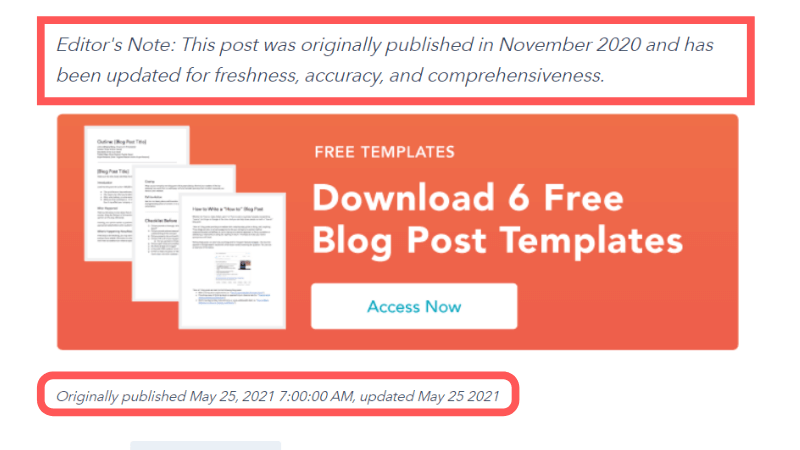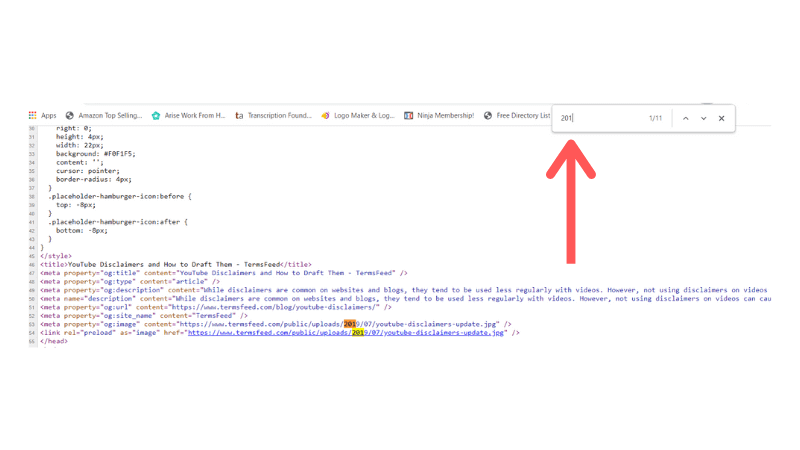
How to find date of website; An introduction
Today Internet is flooded with websites and according to an estimate, more than 1.7 billion websites exist on the internet. However, this number fluctuates as many websites launch and stop their services at a particular time. There is no doubt that websites are the primary source of information for almost everything on the internet.
For what so ever reason if you’re curious to know about the date of any website (or) an article. Then you’re at the right place. I can clearly help you with this query of ‘how to find date of website (or) published article’?
Firstly, there are three types of dates associated with any website, which are:-
- Published date:- This is the date at which an article or the website first gets uploaded on the internet. Thus, from this date onwards a website becomes available to all search engines and online users.
- Indexed date:- It is the date when a website/webpage gets fecthed by the search engine spiders like Bing Bot or Googlebot. Sites who are lot older, popluar, and filled with content, it is common to see their publication date of their recent articles to be same as that of their indexed date.
- Cache date:- This date resembles the time when a crawler had lastly crawled the web page or an article. Search engines do re-crawl web pages very freqently, it can be within weeks or within a days. This happens because it helps search engines to check updated data or information on the website.
Now I assume that you have become familiar with terms like published date, indexed date, and cached date. In this article, I wanna share four ways through which you can find out the published date of any website (or) an article.
1) Check a date on the website itself
If you just wanna check the published date (or) the launch date of any website, you can simply scroll down to the bottom of the site and look at their copyright information. Mostly, websites include the current year at the bottom/footer but there are still sites that prefer to write a period of time.

From the above image, you can clearly tell that this particular website was first to live (or) published in 2004.
Instead of finding the launch date of a website, if you’re curious to know the publication date of a webpage (or) an article. Then you need to look at few other things as well.
For articles, most websites do display their published date right below the content title. If not below the title, the date might be mentioned at bottom of the content as well. However, some blogging sites do prefer to mention their article’s published date near author bios.

Suppose if you land on an article where there is no date mentioned below title (or) bottom of the content. Then there is another way to guesstimate the published date and that is to look at the dates of some older comments.

Even though this won’t be accurate because people can comment on an article even after years of it being published. So it’s just a guess but this trick does give you a good hint about which month/year was an article published.
Usually, articles that rank on Google gets updated frequently and there is probably very little that you can do about it.
But luckily there will be a few bloggers/brands who would include a disclaimer regarding the updating of the article. Thus if you land on such sites then it makes your job easier to know the published date of an article even after it got updated.

2) Skim through the page codes
Instead of just looking around the things on the webpage to find a date. You can actually look into the backend code of the web pages and confirm a publication date.
Since most of the internet is built with HTML, it becomes easy to view any code, and barely do you need any tech skills to do this in two ways.
a) Using inspect element tool
Out of all the web browser tools available to the users, inspect element is one the highly efficient tool that can help you look at the backend of a site and grab details that could be useful.
Using the inspect element is a common trend for many designers, developers, marketers, and writers. You can find anything on the web page, including the date of its publication
- To use it, you need to place your cursor on the page, right-click on it, and choose the ‘inspect’ option. As soon as you click, it will provide you with information about the source code of the website, images, and CSS of the website.
- Here, you can go into the ‘elements’ section’ and enter Ctrl + F
- Now you can type a word like ‘publish (or) published’ to find any date and if in case you didn’t find any such word. Then you need to guess some year and input it untill you find one link.

b) Viewing a page source
By using inspect element tool you are viewing the same page source which will be viewed here. It’s just that, here there will be no tool used to look at the HTML code.
- To view the any page’s source code, simply use the command ‘Ctrl + U’ on any browser of Windows and the site’s source will open in a new tab
- Here all you need to do is press the Ctrl and F buttons.
- Similar to the inspect element tool, you will search for a word like ‘publish (or) published’ to find a date (or) you will have to guess the year and input it untill you find something

3) Run a Google search
Google never rests when it comes to searching anything on the internet. To find the published date with a Google search follow these steps
Enter “inurl:sitename.com/page-url” in the search bar

If you’re lucky and the URL which you’re searching for is recently published. Then you will see a date right below your search result’s title.
But what if the webpage/URL is old, then it’s guaranteed that particular page would’ve been crawled multiple times. Therefore if the content got updated recently, you can only look at the recent crawled date instead of the original published date.
If that is the case, you need to look at the address bar of your browser and it should look something like:-
‘https://www.google.com/search?q=inurl:https://www.example.com’
Here you need to use this parameter “&as_qdr=y15” at the end of that string. The number ’15’ represents/tells Google to search for the past 15 years data of your URL.

If Google is unable to showcase any data from the past 15 years, then you have to play around with numbers until you see a result in front of you.
4) Use Wayback Machine to Check (& Verify)
Wayback Machine is the digital archive of the web or World Wide Web. It is run by a non-profit organization and this platform is certain to help you with your content/data search even if the site that you’re looking for is way back in time.
I personally like this tool, it always helps me to check, verify, (or) even look at the content of an article when it first got published.

- Here all you need to do is add your website/article’s URL on the official website of the Wayback Machine.
- Soon you will be shown to a calendar spread out in months and years where it tells you when the tool took snapshots of the URL.
- This tool could have been taking the snaps of your URL for decades. Thus this the finest opportunity for us to look at our webpage even if it was published years down the line and you can even actually look at how the content looked when it was first published.
Additional: Some other quick ways
Websites like the New York times and other large publications include their dates in the URL itself. Hence you can just look at the URL and confirm the published dates on such sites.

Another way to find the website date of creation is to check the XML sitemap. You can access any site by searching for, https://www.website.com/sitemap.xml. It provides access to the sitemap but you might have to skim through a lot of pages to find the published date of an URL.
Wrap Up
I guess now you know that it is very easy to find the date of the publication of any website. As I said, in the beginning, there could be any reason for you to know about the published date of the website. Hence here I tried my best to help you and make you aware of the tricks that you can use to find any website’s (or) an article’s date.



